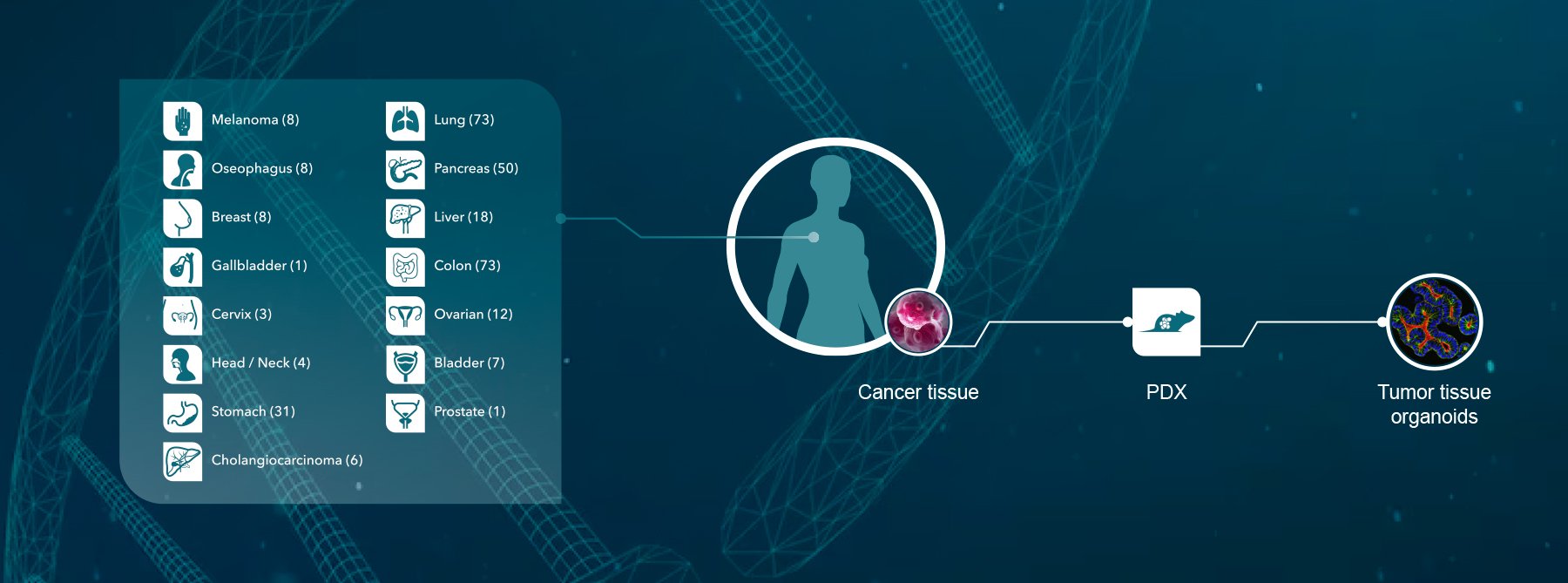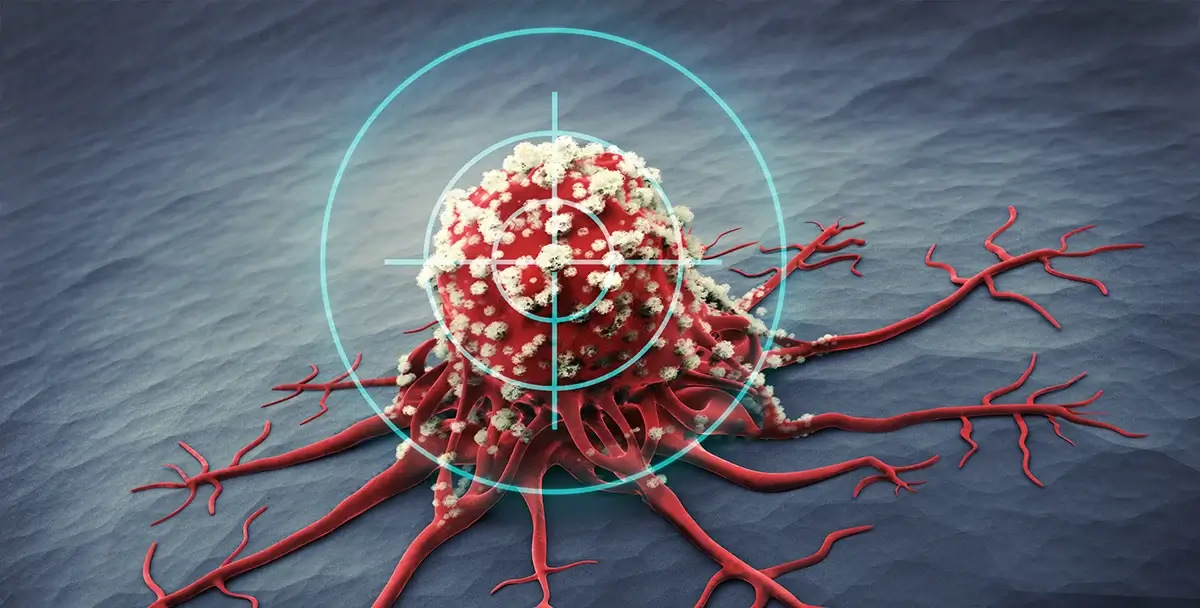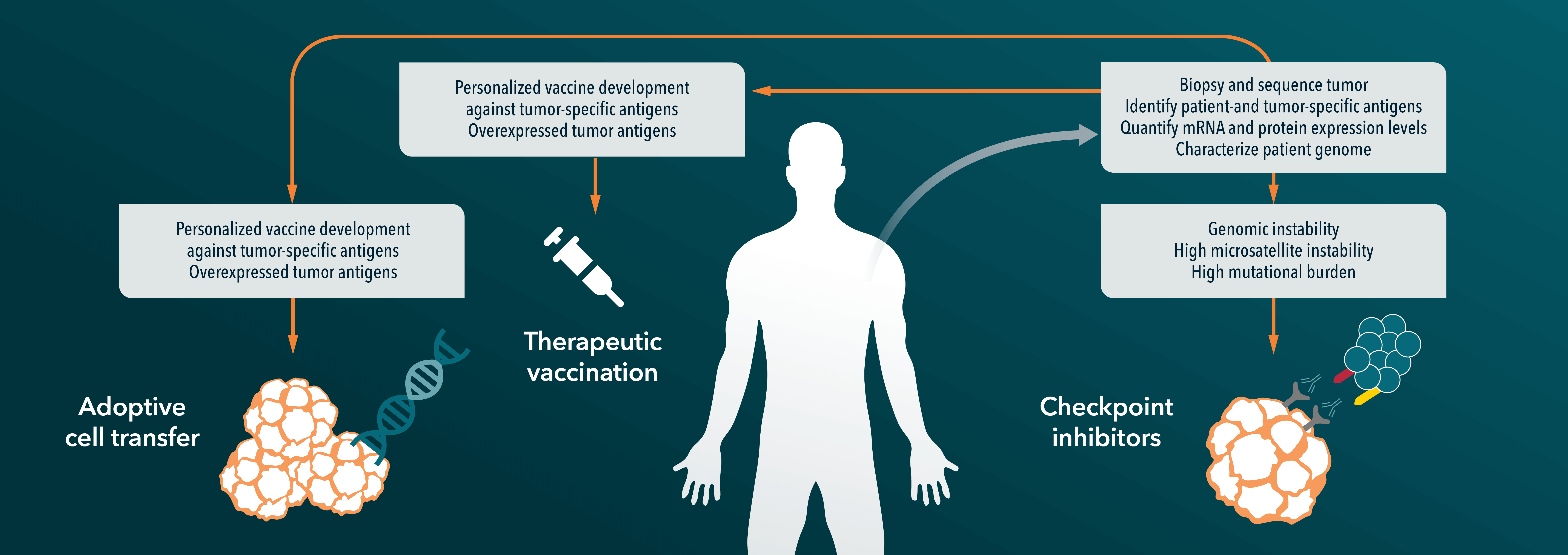Radiotherapy is a common treatment for many cancer types, and in recent years has become extremely effective using image guided techniques. However, preclinical irradiation models had fallen behind, with a lack of methods that were comparable to clinical treatments. The game changing small animal radiation research platform (SARRP) from Xstrahl has been turning this around, using Image Guided Micro-Irradiation™ (IGMI) to evaluate preclinical regimens in a clinically relevant way.
Around 50% of cancer patients receive radiation as part of their therapy, either as external or internal treatments. External beam radiotherapy has been revolutionized by techniques using specialized imaging and planning software to distinguish between the tumor and surrounding normal tissues. The next generation of these techniques is image-guided radiation therapy (IGRT) which uses real time imaging combined with real time adjustment of therapeutic beams to focus radiation precisely on a tumor, taking into account any movements the patient makes. This allows the use of higher levels of radiation (which are more effective in shrinking and killing tumors) whilst reducing side effects caused by targeting normal tissues.
While clinical irradiation models have been rapidly improving, preclinical models have been lagging behind. Traditional preclinical studies still use whole body techniques, making use of lead shielding to focus the radiation on a precise area, or simple single beam experiments. This makes it difficult to produce preclinical results that can be accurately extrapolated to the clinic. The Xstrahl SARRP was therefore designed to close the gap between current preclinical and clinical methods. The platform uses IGMI, incorporating CT imaging with precise radiation delivery, which means that researchers can target irradiation to an exact anatomical target, and confidently deliver 0.5 mm beams to that point on the animal. The SARRP has also been designed to match the range of movements available on clinical radiation therapy machines, enabling complex beam arrangements to be delivered.
The SARRP should allow researchers to confidently assess preclinical treatment regimens, and then provide this data to the medical community to help devise strategies for patient treatment. As the only CRO with a SARRP platform, Crown Bioscience has been pioneering the use of this technology in preclinical radiotherapy research including developing strategies to overcome resistance.
The development of therapeutic resistance is a big problem in many cancer types, especially non-small cell lung cancers (NSCLC) with activating EGFR mutations. While initially sensitive to EGFR inhibitors, resistance can occur through a variety of mechanisms. Crown Bioscience has developed an EGFR-inhibitor resistant NSCLC model, which has the c-met gene amplified. When this model was irradiated, using the SARRP, in combination with a c-met inhibitor (crizotinib), the tumor was significantly re-sensitized to the inhibitor, and the response to the combination treatment was much better than with either treatment alone.
Using the SARRP in research like this can help overcome a clinical problem using highly relevant preclinical techniques. The SARRP platform can also be used to position a new agent, or to reposition older agents in combination with radiotherapy regimens. Radiotherapy as an individual treatment option can also be trialed using methods comparable to the clinic. Contact us at busdev@crownbio.com to talk to our experts about how using IGMI can drive forward your preclinical research today.








